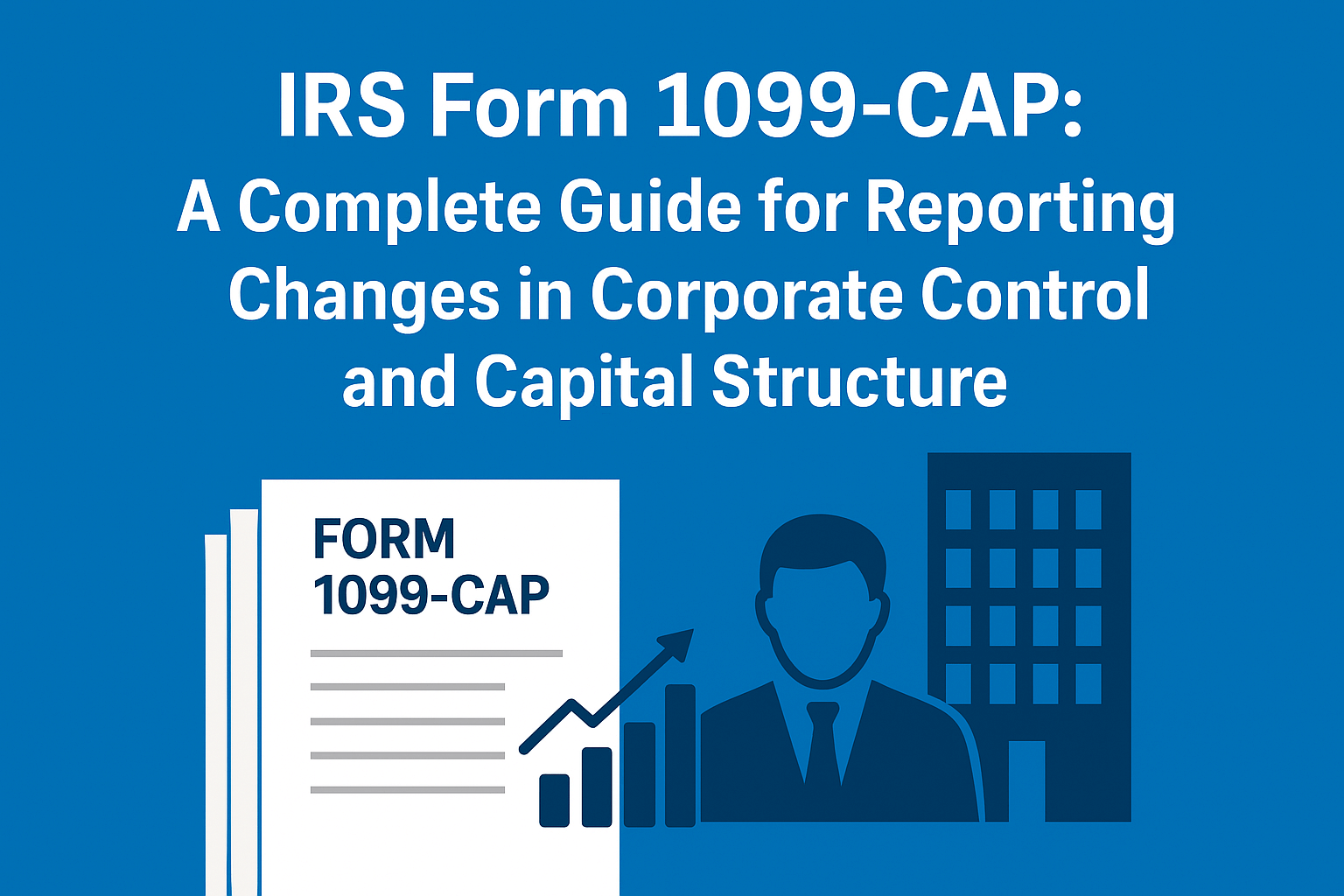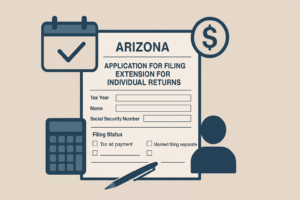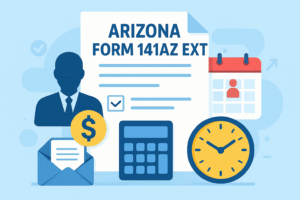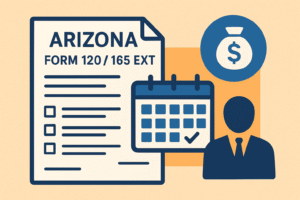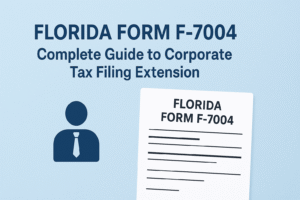When corporations undergo major structural changes such as mergers, acquisitions, or significant capital restructuring, the IRS requires specific reporting to ensure transparency and tax compliance. One such reporting instrument is IRS Form 1099-CAP, Changes in Corporate Control and Capital Structure. This form notifies the IRS and affected shareholders when a corporate transaction alters shareholder ownership or when shareholders receive cash, stock, or other property as part of such changes.
This guide provides a comprehensive breakdown of what Form 1099-CAP is, who must file it, filing deadlines, line-by-line completion instructions, mailing addresses, penalties, and exceptions.
What Is Form 1099-CAP?
Form 1099-CAP is an information return used by corporations to report significant changes in their control or capital structure. These changes may involve mergers, acquisitions, recapitalizations, or substantial shifts in shareholder ownership.
If a shareholder receives cash, stock, or other property because of such a corporate restructuring, the corporation must report the details of the transaction on Form 1099-CAP. This ensures the IRS can track taxable events for shareholders and helps shareholders correctly report gains or losses on their tax returns.
Who Must File Form 1099-CAP?
The responsibility to file Form 1099-CAP falls on the corporation (or its designated agent) that undergoes the substantial change in capital structure. Specifically, a corporation must file the form if:
- There is a change in corporate control (e.g., one entity acquiring more than 50% of the corporation’s stock).
- There is a substantial change in capital structure (such as recapitalization, reorganization, or stock-for-stock acquisition).
- Shareholders receive cash, stock, or other property valued at $100 million or more in aggregate.
Brokers and middlemen generally do not file this form—filing is primarily the responsibility of the corporation.
What Counts as a Substantial Change in Capital Structure?
The IRS defines a substantial change in capital structure as a transaction that significantly alters shareholder ownership or equity. Examples include:
- Mergers or acquisitions – When one company takes over another or they combine into a new entity.
- Recapitalizations – When debt is exchanged for equity or the stock structure is significantly altered.
- Spin-offs or split-offs – Distribution of a subsidiary’s stock to existing shareholders.
- Exchanges of stock for property – Including cash or securities.
- Changes in voting power or ownership control – Where an entity or shareholder gains a controlling interest.
Essentially, any restructuring that significantly changes ownership interests or shareholder value may trigger the filing requirement.
When Is the Deadline to File Form 1099-CAP?
Filing deadlines for Form 1099-CAP are similar to most other 1099 forms:
- Recipient Copy Deadline – Furnish Copy B to shareholders by January 31 of the year following the transaction.
- IRS Filing Deadline (Paper Filing) – Submit to the IRS by February 28.
- IRS Filing Deadline (Electronic Filing) – Submit to the IRS by March 31.
Corporations filing 250 or more forms must file electronically. However, the IRS strongly encourages electronic filing even below this threshold.
What Information Is Required to Complete Form 1099-CAP?
When preparing Form 1099-CAP, corporations must collect and report the following information:
- Corporation’s name, address, and TIN (Taxpayer Identification Number).
- Shareholder’s name, address, and TIN.
- Account number (if applicable).
- Description of the corporate action (type of change in control or structure).
- Date of the transaction.
- Fair market value (FMV) of the stock exchanged.
- Amount of cash, stock, or property distributed to each shareholder.
- Number of shares exchanged or received.
How to Complete Form 1099-CAP?
Here is a breakdown of how to complete each section of the form:
- Payer’s Information – Enter the corporation’s name, address, and TIN.
- Recipient’s Information – Enter the shareholder’s name, address, and TIN.
- Box 1 – Date of Sale or Exchange – Enter the date of the corporate action (e.g., merger or acquisition date).
- Box 2 – Aggregate Amount Received – Report the total cash, stock, or property distributed to the shareholder.
- Box 3 – No. of Shares Exchanged – Enter the number of shares the shareholder exchanged.
- Box 4 – Stock Class – Identify the class of stock (e.g., common, preferred).
- Box 5 – CUSIP Number – Provide the CUSIP number of the exchanged stock, if available.
- Box 6 – Description of Consideration Received – Explain what the shareholder received (cash, new stock, bonds, etc.).
What Are the Copies of Form 1099-CAP?
Like other 1099 forms, Form 1099-CAP has multiple copies:
- Copy A – Sent to the IRS.
- Copy B – Furnished to the shareholder (recipient).
How to File Form 1099-CAP?
Corporations can file Form 1099-CAP in two ways:
- Paper Filing – File Copy A using Form 1096 (Annual Summary and Transmittal of U.S. Information Returns).
- Electronic Filing – Submit through the IRS FIRE (Filing Information Returns Electronically) System.
Electronic filing is mandatory for filers with 250+ returns and recommended for accuracy.
Where to Mail Form 1099-CAP?
If filing on paper, the mailing address depends on the corporation’s location. Generally:
- IRS Center (with Form 1096 attached) – Mail to the appropriate service center as listed in the IRS General Instructions for Certain Information Returns.
- Addresses vary by state—corporations should refer to the IRS instructions for updated mailing addresses.
What Are the Penalties for Not Filing Form 1099-CAP?
Failure to file or furnish Form 1099-CAP on time can result in significant penalties:
- $60 per form if filed within 30 days after the due date.
- $120 per form if filed more than 30 days late but before August 1.
- $310 per form if filed after August 1 or not filed at all.
- $630 per form for intentional disregard of filing requirements.
Maximum annual penalty caps apply, but large corporations face higher penalty ceilings.
What Are the Exceptions to Filing Form 1099-CAP?
Corporations do not need to file Form 1099-CAP if:
- The total value of cash, stock, or property distributed to shareholders is less than $100 million.
- Shareholders receive only stock and no other property or cash.
- The transaction involves tax-exempt organizations, governmental entities, or international organizations as shareholders.
- The corporation has no reporting obligation because shareholders are not U.S. persons
Conclusion
Form 1099-CAP plays an important role in ensuring corporate restructuring events are properly reported for tax purposes. While not as commonly encountered as other 1099 forms, it becomes essential during mergers, acquisitions, or recapitalizations that significantly affect shareholder ownership.
Corporations must be proactive in tracking shareholder distributions, understanding filing deadlines, and maintaining compliance with IRS regulations. By filing accurately and on time, corporations not only avoid penalties but also help shareholders correctly report their taxable income or capital gains.

